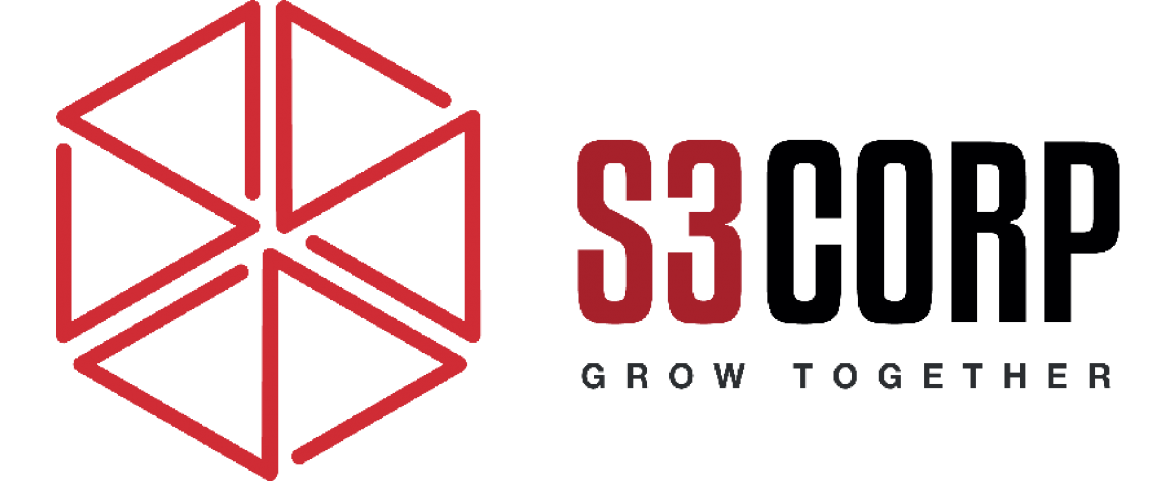Managing The Mobile Workforce
— August 21, 2015Managing the Mobile Workforce
The modern workforce is undergoing significant transformation. Across industries—be it manufacturing, management consulting, electrical engineering, or fashion—the concept of work is shifting to accommodate greater agility and mobility. This evolution is not a mere trend but a necessary adaptation to the fast-paced demands of contemporary business environments.
Central to this transformation is the proliferation of mobile devices, including smartphones and tablets. These tools have dismantled traditional notions of work tied to fixed locations and rigid schedules. Companies embracing these changes are discovering that mobile technologies empower their teams to achieve higher efficiency, meeting even the most stringent customer expectations.
Identifying the Right Device
Introducing mobile technology into the workforce is no small task. Whether a company is mobilizing a team of 10 or 10,000, change can often feel daunting. Resistance from employees, coupled with the complexity of integrating new systems, can hinder progress. However, with effective leadership and strategic planning, these challenges can be minimized.
Selecting the right devices is critical. The market today is saturated with options, ranging from smartphones to tablets, each equipped with varying operating systems and levels of compatibility. For organizations like S3Corp, specializing in mobile application development and IT outsourcing in Vietnam, choosing the right technology ensures seamless workflows and sustained productivity. Decision-makers must also consider the varying needs of their workforce. Senior managers may require advanced features for project management and collaboration, while field employees might prioritize durability and ease of use.
Delivering the Right Tools
Providing employees with the right tools involves more than handing out devices. The devices must be equipped with software and applications tailored to the specific roles within the organization. For instance, logistics personnel such as delivery drivers might rely on apps to track their routes, log work hours, and update delivery statuses. GPS systems play an essential role in enabling real-time tracking, while built-in cameras allow for photographic evidence of completed deliveries.
Equipping managers with tools is equally important. Sharing platforms, enterprise apps, and live communication channels enhance productivity and foster effective collaboration. These tools ensure that every team member, regardless of role or seniority, can contribute efficiently to the organization’s goals.
Counting the Costs
While mobile technology drives efficiency, it also introduces new costs. Every interaction—whether a phone call, data transfer, or GPS navigation—consumes resources that can add up quickly. For example, a delivery driver uploading photos to confirm completed deliveries might rapidly exhaust a limited data plan, resulting in unexpected expenses. International travel or remote work scenarios further amplify these challenges, as data usage tends to spike under such conditions.
Companies must carefully forecast these expenses to avoid unpleasant surprises. Failure to account for data consumption, app subscriptions, or overages can lead to significant financial strain. In this context, it becomes essential to balance the benefits of mobile tools with their associated costs, ensuring a sustainable implementation.
Mobile Device Management (MDM)
A robust Mobile Device Management (MDM) strategy is essential for overseeing the deployment and use of mobile devices. MDM extends beyond device selection, encompassing data security, usage monitoring, and access control. Without proper management, devices can become liabilities, exposing sensitive company information to risks such as theft, loss, or misuse.
MDM systems offer solutions to these challenges by enabling organizations to monitor data usage, restrict unauthorized access, and safeguard corporate assets. For example, partitioning devices allows IT administrators to separate work-related data from personal use, ensuring that sensitive information remains protected. Customizing access levels based on employee roles enhances security, granting senior staff greater privileges while limiting lower-level access.
One of the most valuable features of an MDM system is the ability to remotely lock or wipe devices. If a device is lost or stolen, administrators can act quickly to prevent data breaches. This functionality is critical in maintaining trust with clients and stakeholders while protecting intellectual property.
Embracing Mobility: The Path Forward
The adoption of mobile technology represents a pivotal shift for businesses aiming to remain competitive. By empowering employees to work from anywhere at any time, companies can better meet the needs of an increasingly mobile customer base. However, success in this area requires a thoughtful approach. Organizations must strike a balance between embracing innovation and maintaining control over their technology investments.
In software outsourcing, companies exemplify the importance of strategic planning in leveraging mobile technology. By aligning tools, policies, and management practices, businesses can unlock the full potential of their mobile workforce, driving efficiency and growth in a competitive market.








